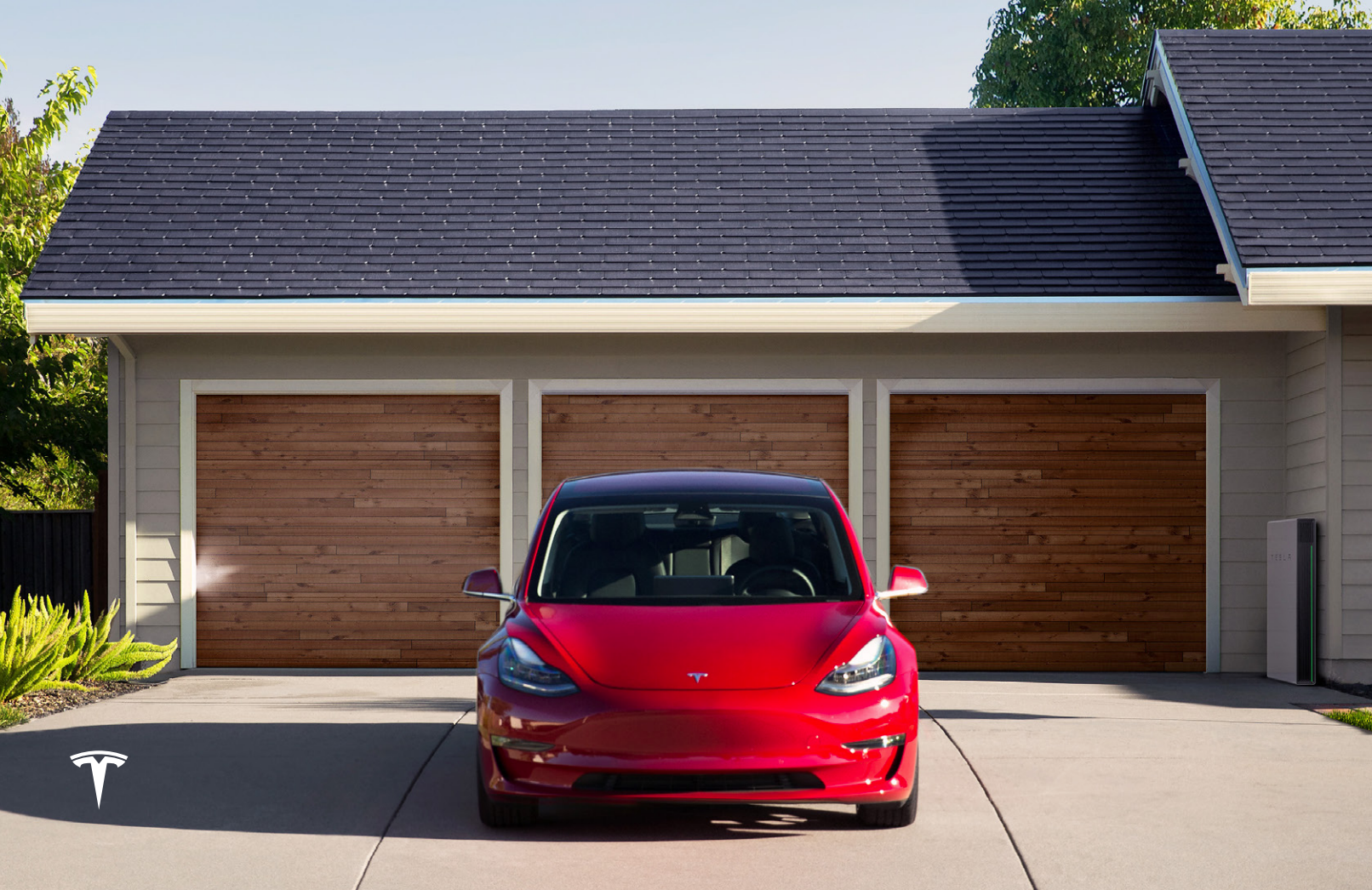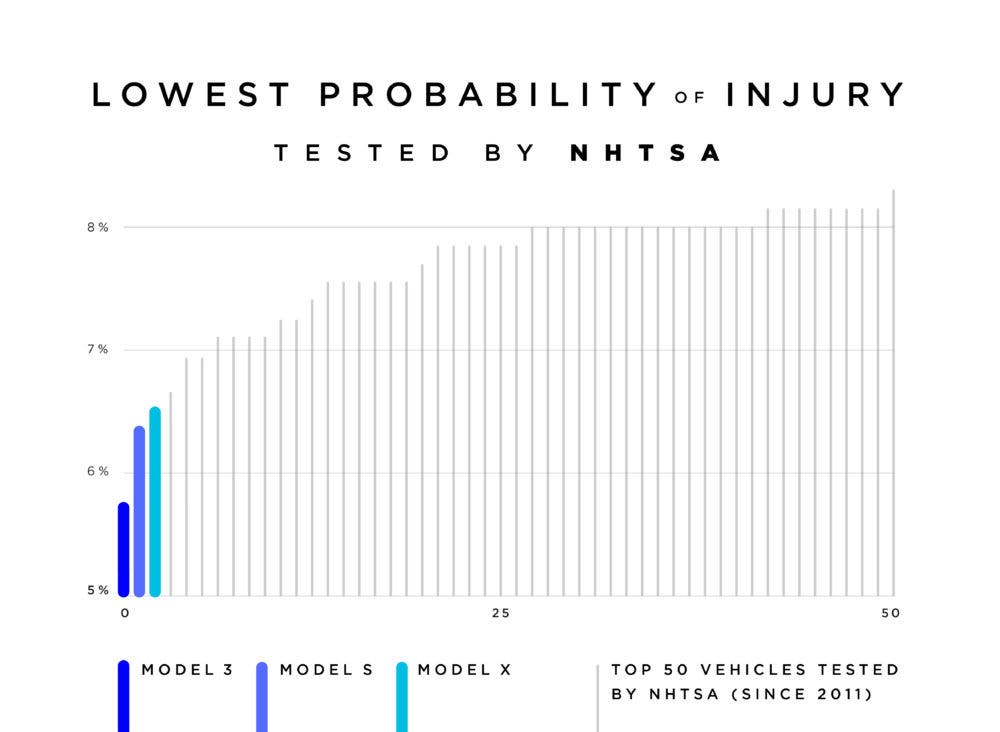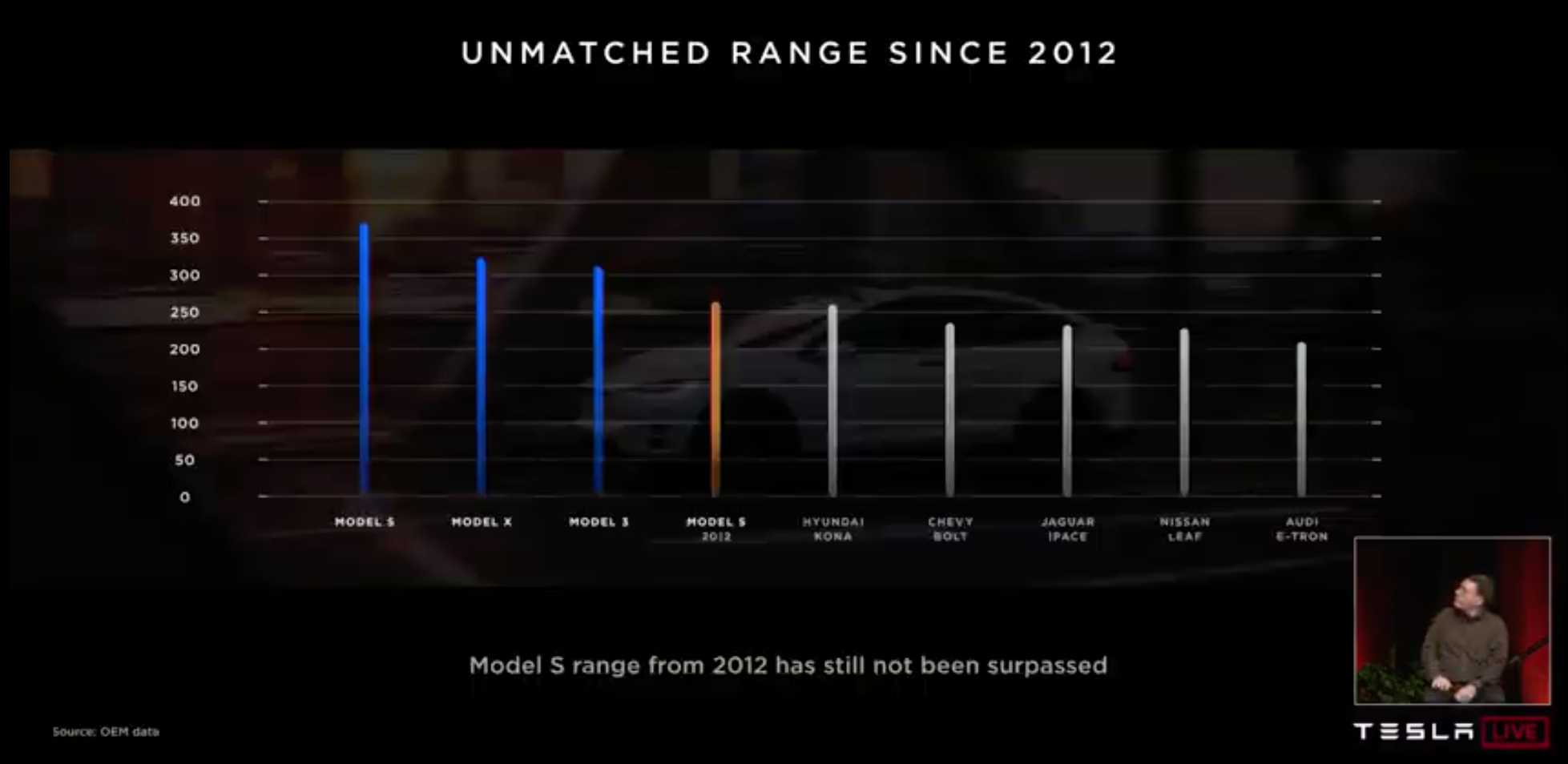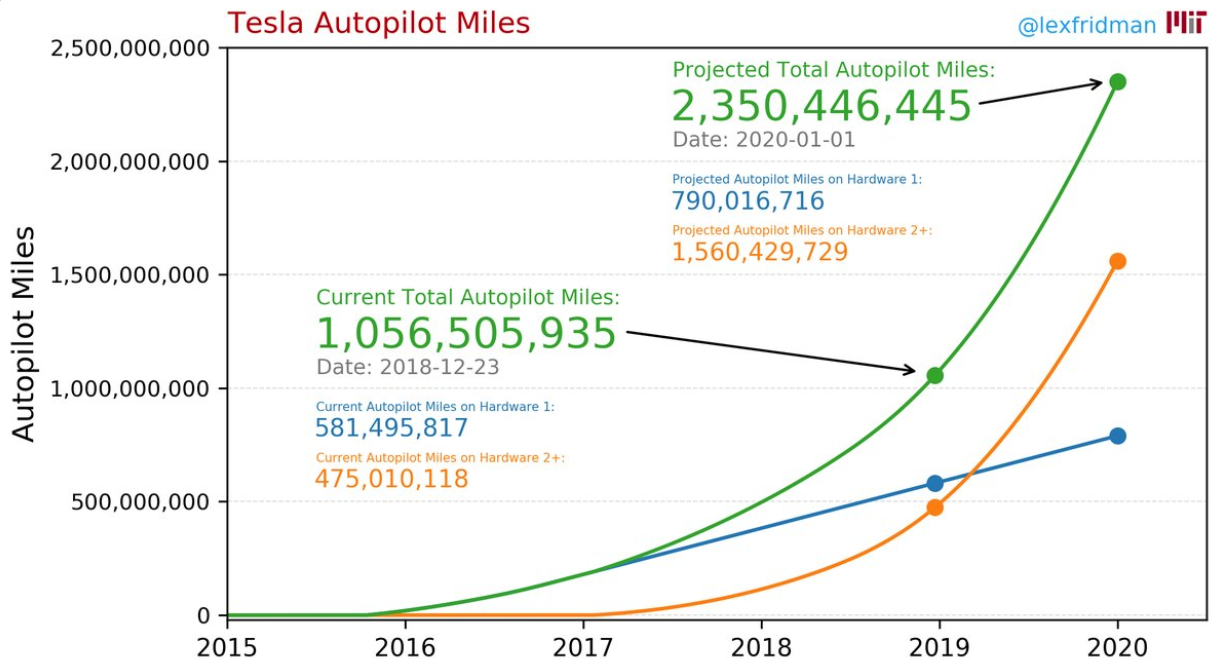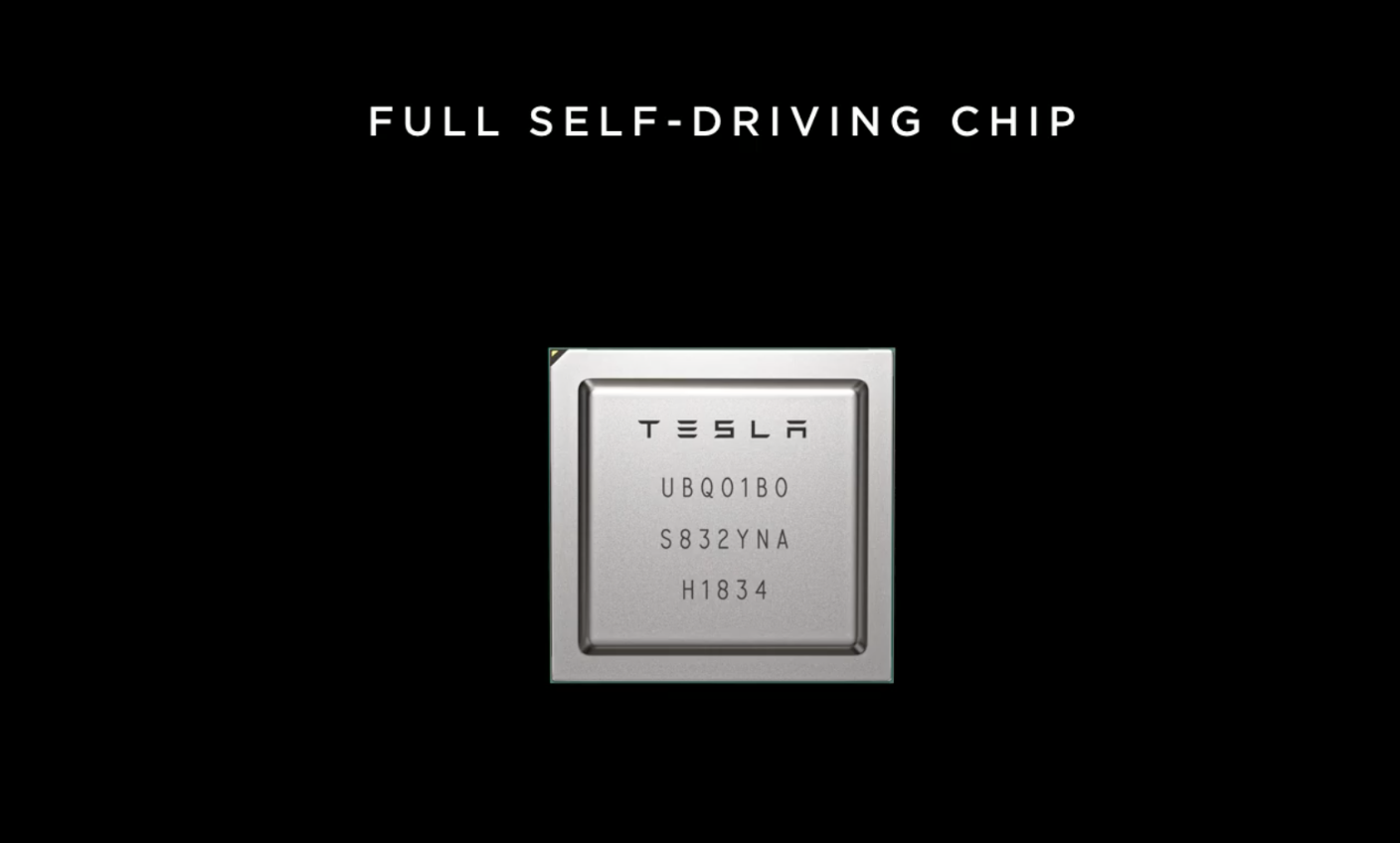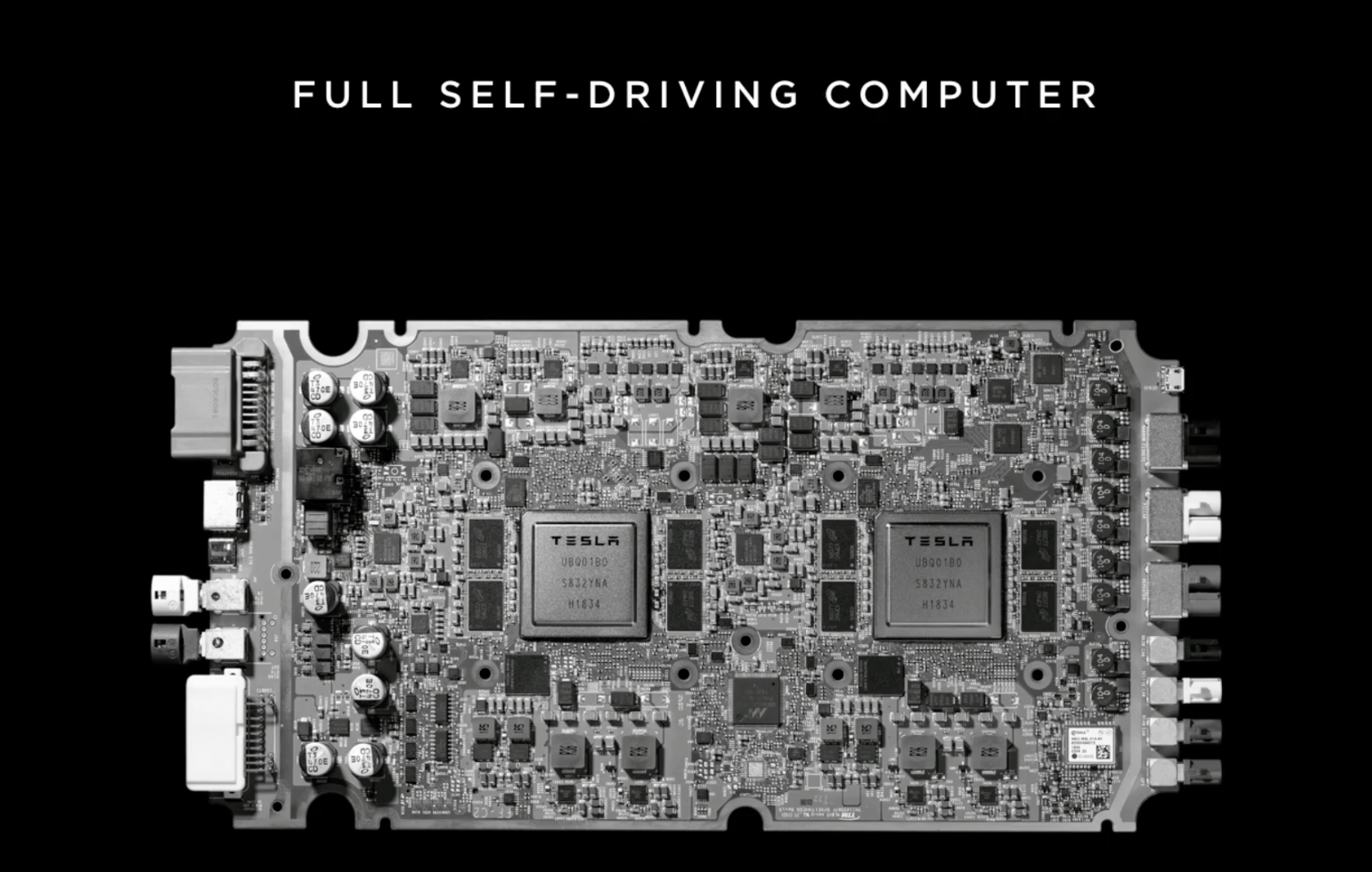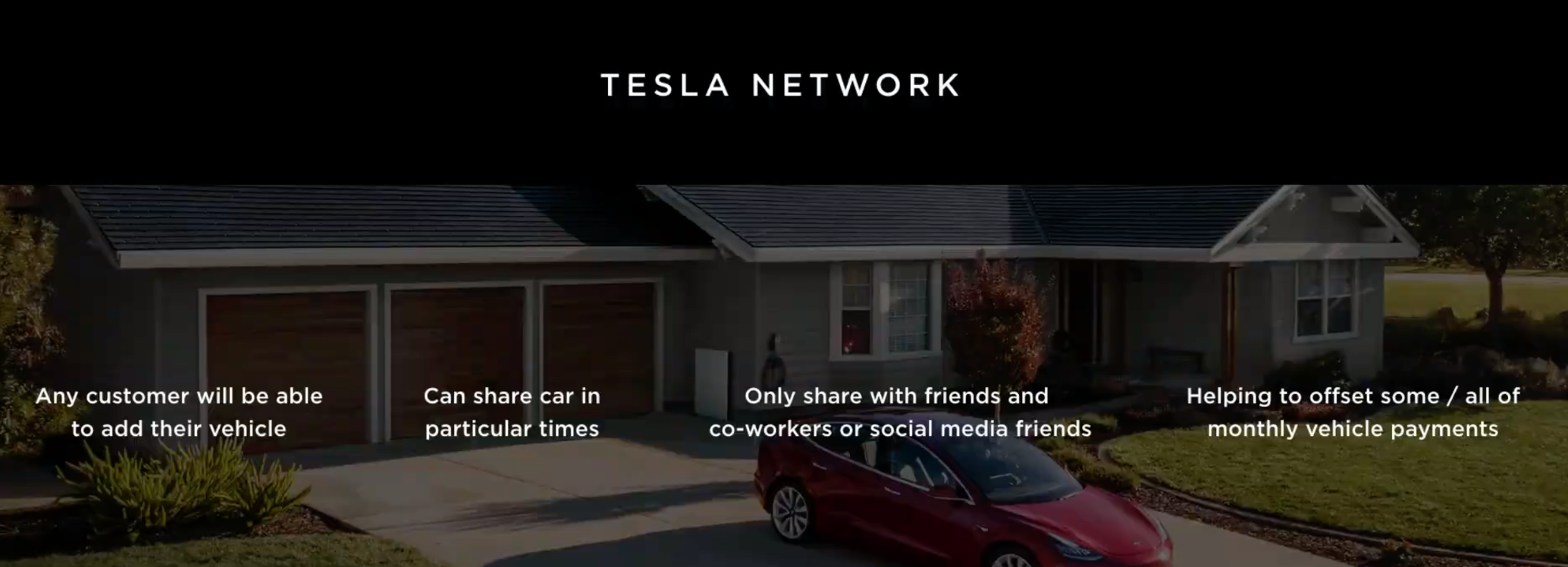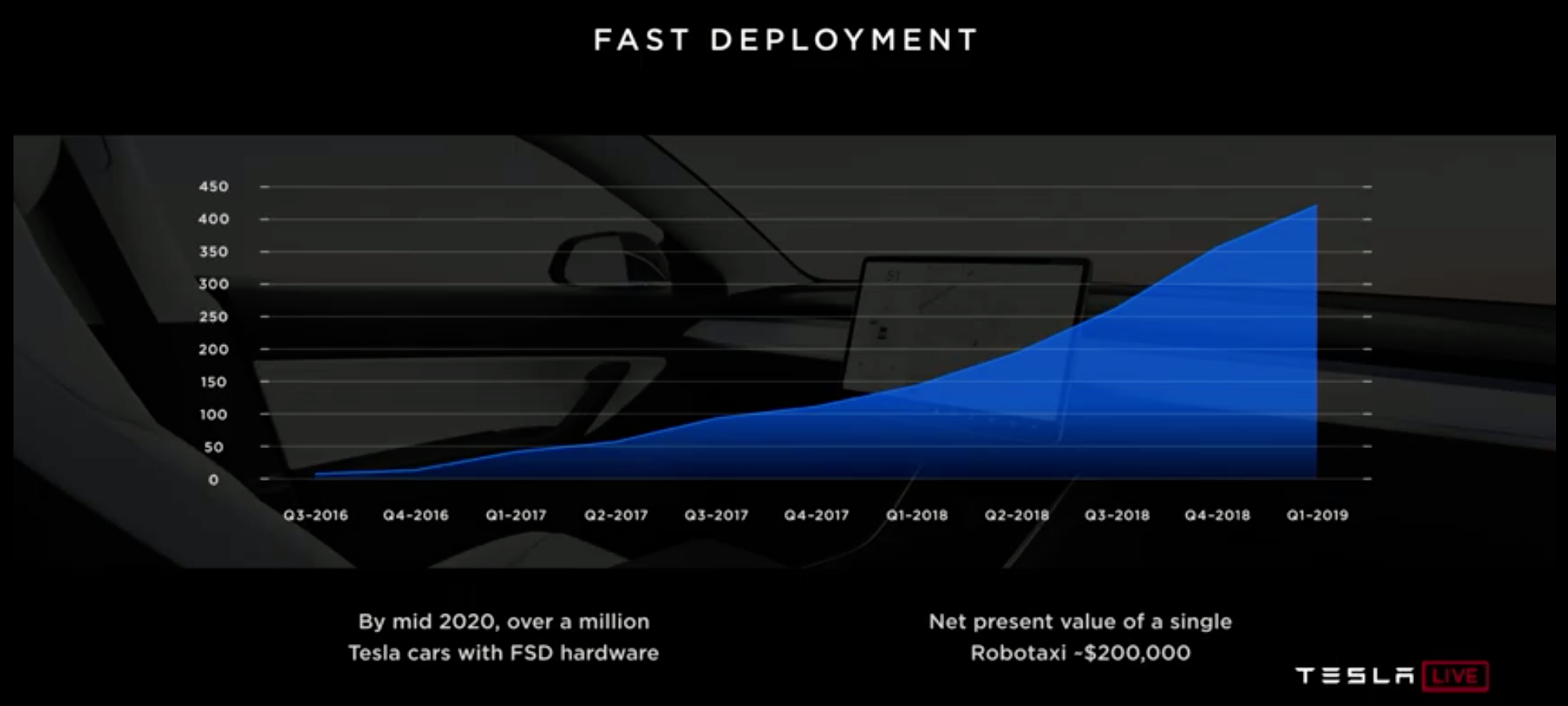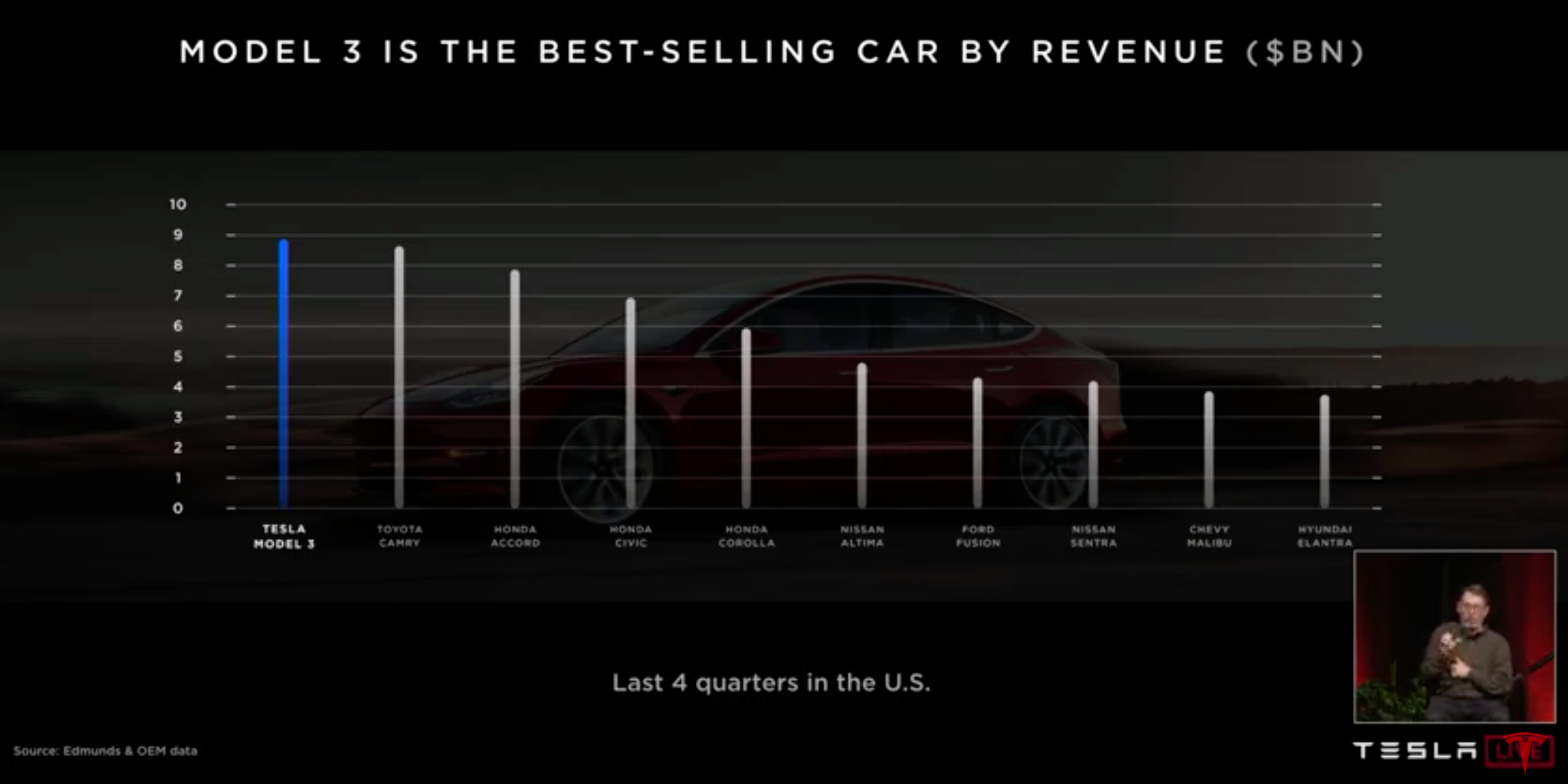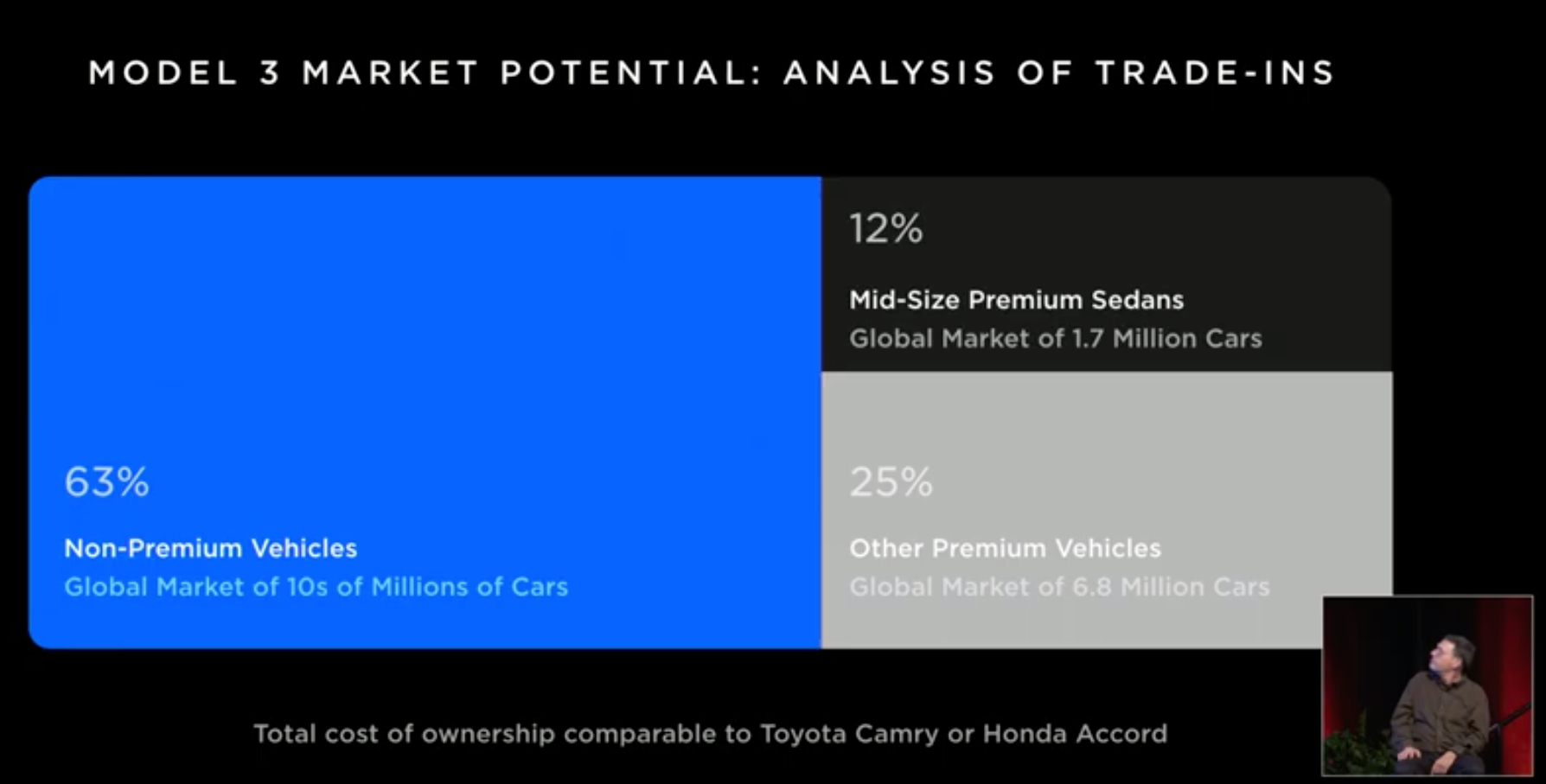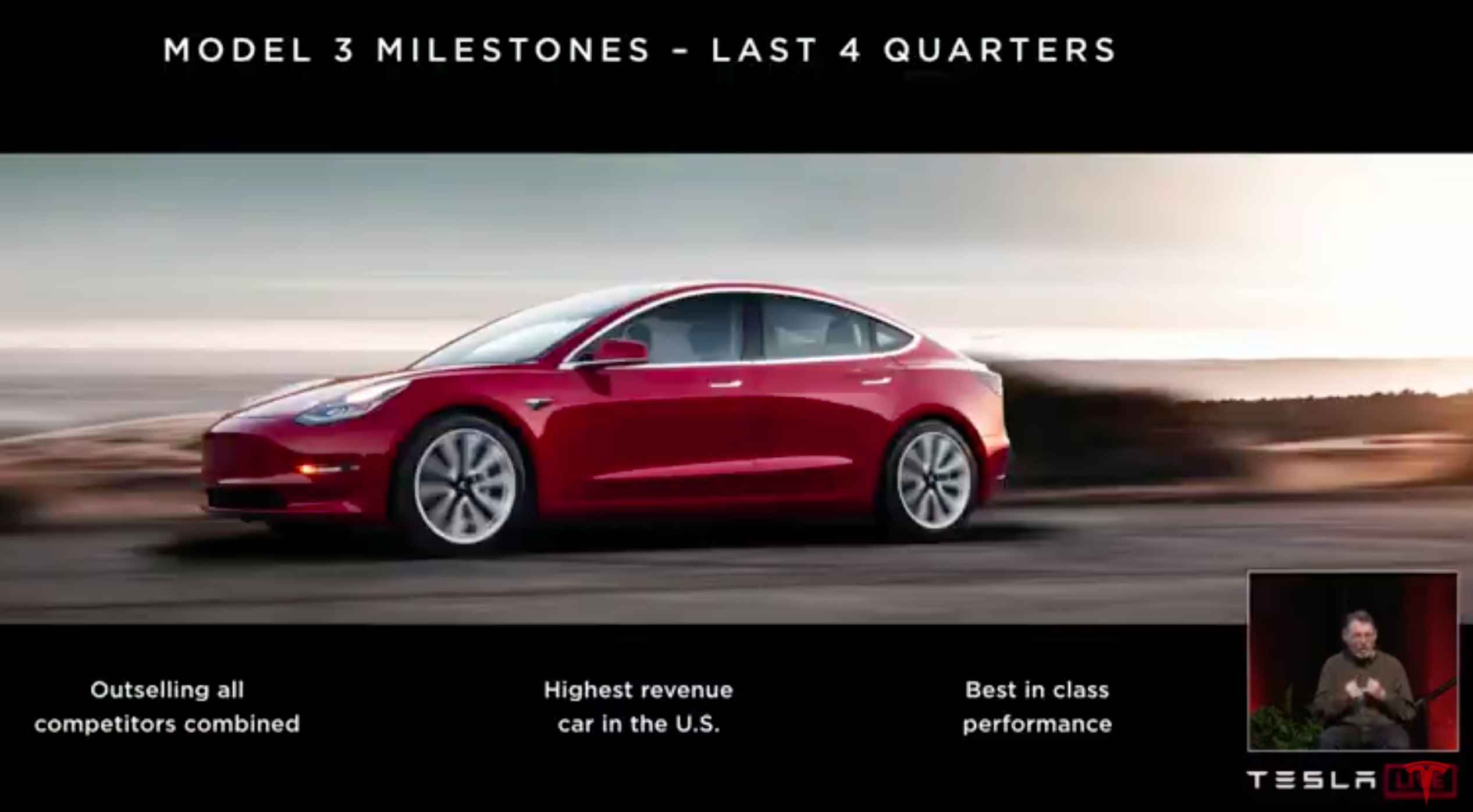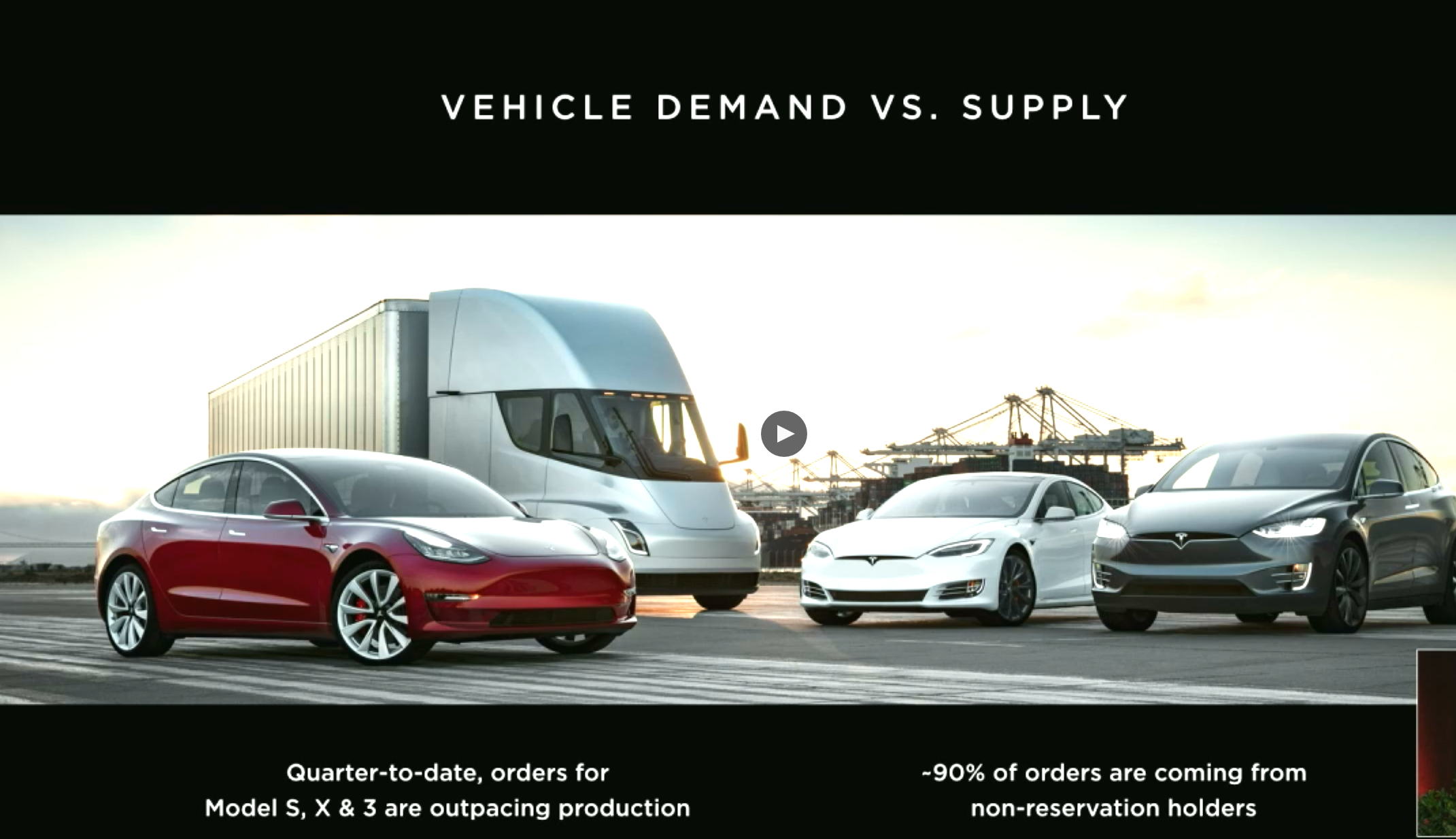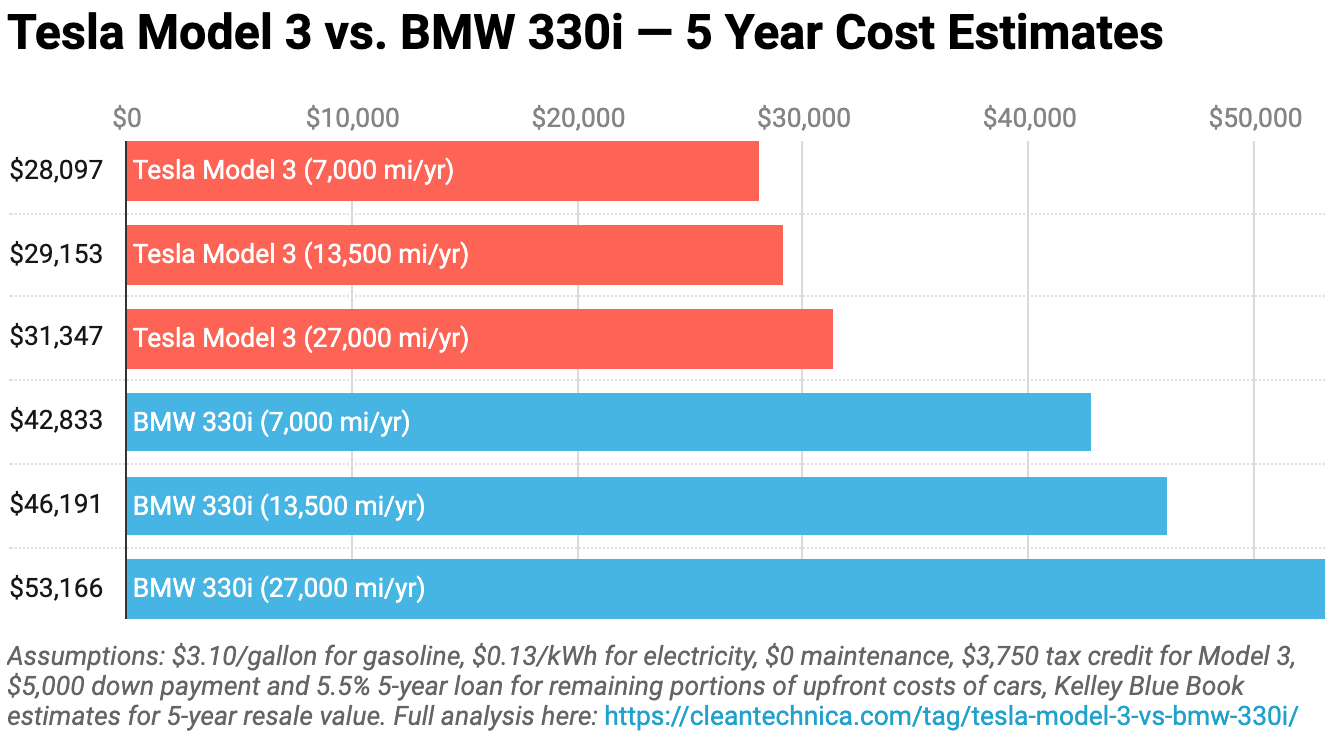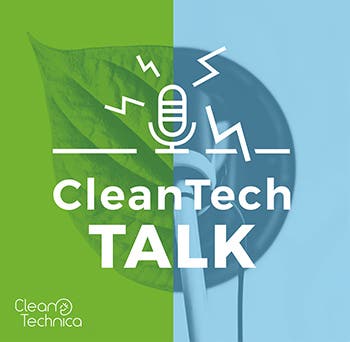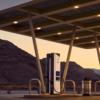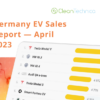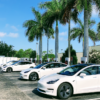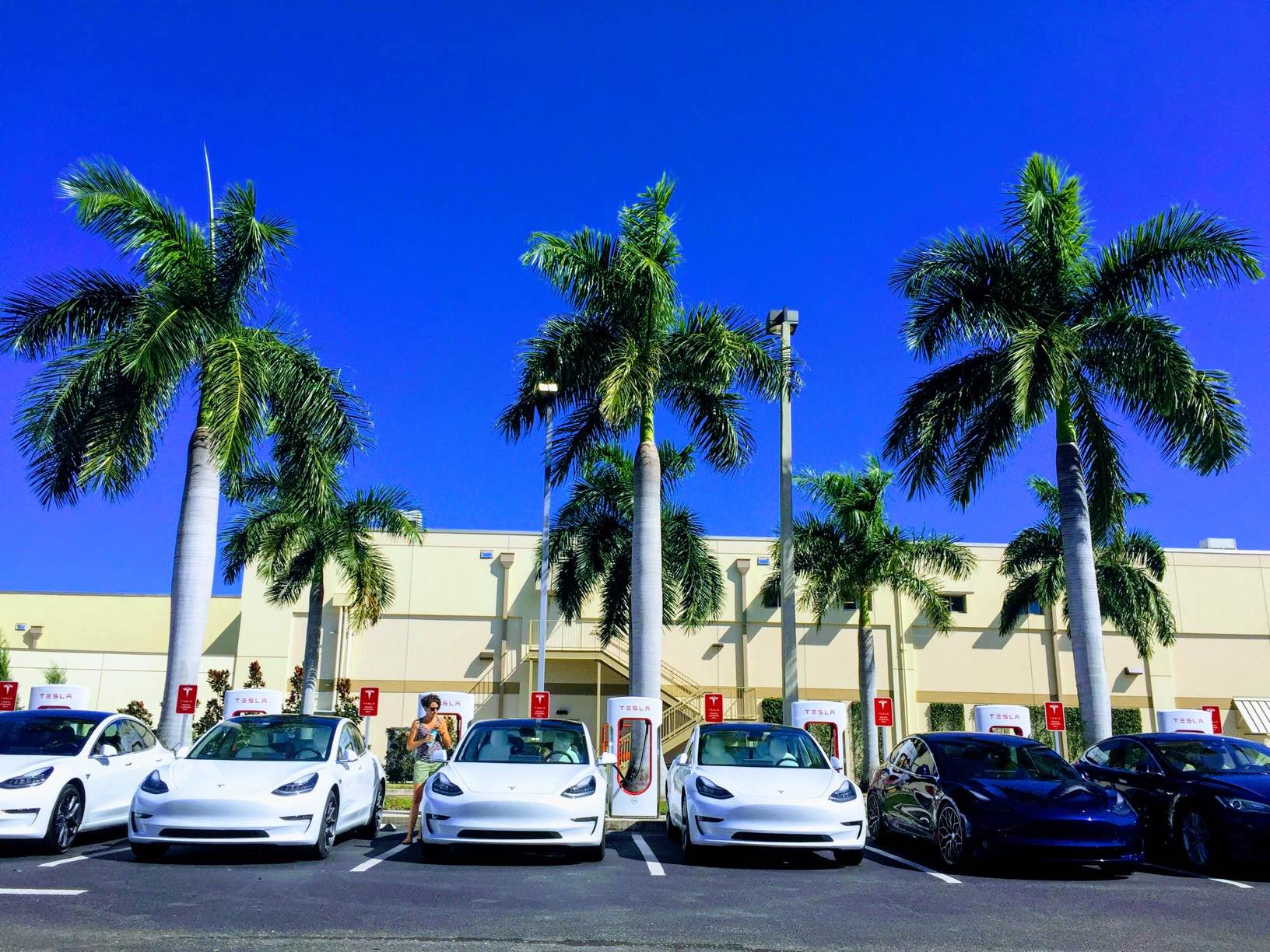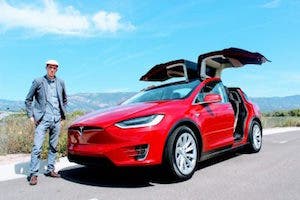Context & The Objective of This Page
Tesla myths are widely spread across the TV, print media, social media, and the real world. There are various reasons for this.
There are two types of myths:
- Malicious Myths — False and misleading information that is intentionally spread with the goal of misinforming an audience.
- Unmalicious Myths — False information that is spread by those who believe the false information to be true.
The first (malicious) group is possibly small in numbers, but it includes large vested (financial business) interests. However, it’s important to realize that significant myth spreaders (influencers) exist in both groups, and the latter group can be reached and have their misunderstandings corrected.
Our objectives on this page are to:
- Inform and influence the second group (those who have been misled, misinformed, or are simply lacking the information and context that we have).
- Endeavor to help neutral media outlets use this information to present a more accurate view of Tesla.
- Empower Tesla supporters everywhere with the information and evidence needed to help us in this endeavor.
This page has been curated by Vijay Govindan with contributions from numerous supporters including Twitter users @TeslaPravduh and @el_dimitrieva.
A. Responses to Common Tesla Myths Concerning Tesla’s Future
A1. Tesla will be with us for a long time
Tesla Myth: Tesla will go bankwupt soon
“Tesla Death Anniversary” is a thing. People have been proclaiming Tesla will soon go bankrupt every month, quarter, and year for the last 11+ years. Like a cat with infinite lives, Tesla says, “Nope!”
Tesla has debt it needs to pay back over time. Some $2 billion are due shortly, but if Tesla performs well, it will be able to pay those debts on its own without any additional financing. Tesla recently raised $2.7 billion from the financial markets. Two very unlikely things have to happen in order for Tesla to go bankrupt: Not a single creditor in the whole world is willing to lend money to Tesla at any payback rate and Elon Musk somehow loses all of his $20 billion or is not willing to help Tesla. Recent capital raises suggest that is not likely to happen.
Elon was found passed out against a Tesla Model 3, surrounded by "Teslaquilla" bottles, the tracks of dried tears still visible on his cheeks.
This is not a forward-looking statement, because, obviously, what's the point?
Happy New Month! pic.twitter.com/YcouvFz6Y1
— Elon Musk (@elonmusk) April 1, 2018
Above: Elon’s April Fool’s Day joke, April 2018.
Further links on these topics:
- Tesla’s 11th Death Anniversary — No Joke!
- Tesla’s 11 Year Death Anniversary — Start Or Join An Event!
- 11 Year Tesla Death Anniversary Photos & Stories — Denmark to Curaçao to South Dakota
- No, Wall Street — Tesla Has No Cash Or Liquidity Problem (And A P.S. For Elon Musk)
- Our Tesla Killers archives
Analyst @TashaARK joined @SquawkCNBC this morning to discuss our long-term outlook of $TSLA. Watch here: https://t.co/7jPEcw7qP1 #Tesla pic.twitter.com/K6V183iOLM
— ARK Invest (@ARKInvest) May 24, 2019
A2. Tesla is leading big auto in EV scale and technology
Tesla Myth: The Tesla killer is coming
The whole idea of a Tesla killer is a bit absurd. Anyone buying an electric car is killing the internal combustion engine, not Tesla. The only thing other auto manufacturers might be able to do one day is snatch away potential new customers from Tesla, but for now, greater EV awareness and sales is going to lead to greater Tesla awareness and sales. At best, with compelling electric vehicles the other automakers are preventing Tesla from killing them, by retaining customers instead of losing them to Tesla.
Within the next 5 years, auto manufacturers might finally start selling compelling EVs, but they still have a long way to go in order to catch up to Tesla in a technological sense. A single car manufacturer might be able to beat Tesla in one or two metrics, like charging speed or the size of the monitor inside the car, but Tesla vehicles currently have an ecosystem of advantages — faster charging, bigger charging network, better software, over-the-air updates, cheaper batteries, quicker acceleration, better autonomous driving tech, better safety, large-scale EV mass production, and more.
Related Links:
- Tesla’s Moats — Tesla Can Do What Other Car Companies Only Dream About, And Why
- #1, #2, #3 — Tesla Model 3, S, & X = USA’s Safest Cars & Top Selling Electric Cars
- Toyota Corolla vs. Tesla Model 3 — Cost Comparisons Over 5 Years
- Timestamped Summary Of 2019 Tesla Shareholder Meeting
- Tesla Autonomy Day archives
- Why Today’s Automakers Should Fear Tesla
A3. Car manufacturers are stuck to their old technology investments
Tesla Myth: Big Auto is coming
Large manufacturers are huge companies that have been heading in one direction for decades. To make such huge companies change their core business, internal combustion engine vehicles, to a new one, electric vehicles, is very difficult — from a bureaucratic standpoint as well as a technological one. Everyone who has invested in something usually likes to squeeze everything they can out of that investment. This is why large automakers are moving to EVs at a crawling pace. Furthermore, it means they are likely going to arrive just before or just after bankruptcy.
Large automakers have an advantage over Tesla — they have big factories all over the world. What they don’t have is much EV or related technology or experience. Instead, they have factories, IP, and whole subsidiaries or corporate divisions dedicated to gas and diesel engines. They don’t have many workers trained and educated in electric vehicle technology. Instead, many top executives and managers have expertise in engines and all of the supportive parts of a gas/diesel car. This issue spans from research and development all the way to factory workers. Even if they wanted to switch to EVs with all their heart, the means to do so is in very short supply.
Related Links:
- What Goes On In The Minds Of Auto Execs?
- What’s Actually New In The Electric Car World?
- Sergio Marchionne Admits EV Revolution Would Crush Automakers
- Co-Founder Of Tesla About Starting Tesla (VIDEO)
A4. Tesla owns the first completely foreign-owned auto factory in China
Tesla Myth: Tesla is behind in China
This is an honor that larger automobile companies such as Toyota, Honda, Volkswagen, GM, and Ford do not enjoy. Additionally, the Chinese government gave Tesla low-cost loans and a 99-year lease for Tesla’s Gigafactory 3, and Elon Musk was offered permanent residency. This factory will produce cheaper Model 3 and Model Y vehicles for the Chinese market. The exterior of the factory went up in a record six months. Every “expert” said it would take years, and several claimed Tesla would never complete it (see myth #1 above if you missed it).
Related Links:
U.S. electric carmaker Tesla Inc. on Monday broke ground on its Shanghai factory, becoming the first to benefit from a new policy allowing foreign carmakers to set up wholly-owned subsidiaries in China pic.twitter.com/LG9O5TLP3O
— China Xinhua News (@XHNews) January 7, 2019
❤️2019.02.23 to 2019.05.04❤️
Tesla Gigafactory 3 in Shanghai, China 🇨🇳 It would be amazing if this was a time lapse, maybe @Tesla @elonmusk got this covered.#Tesla #TeslaChina #GF3 #GigaFactory #China #Shanghai #特斯拉 #特斯拉工厂 #中国 $TSLA pic.twitter.com/5eSLKgPe4E— Jay in Shanghai 🇨🇳 (@JayinShanghai) May 6, 2019
A5. Tesla has accelerated the adoption of sustainable energy & transport
Tesla Myth: Tesla has had minimal impact in moving the world towards electric vehicles and sustainable energy
Executives from VW, Porsche, GM, and elsewhere have credited Tesla with showing the world there is demand for high-performing electric vehicles.
“First, Tesla has proven there is significant demand for cars that combine sustainability with performance and design. Last year, the Model 3 outsold any other premium sedan in the U.S. We know that American consumers embrace new technology, especially if it delivers a new experience. And once a technology catches on, consumers respond well to expanded choice as competitors enter the field. Just look at how many models of SUV you can buy today, or the proliferation of smartphones since Apple introduced the iPhone in 2007,” Porsche CEO Klaus Zellmer said.
Tesla (mostly through subsidiary SolarCity) is also one of the largest installers of rooftop solar power in the United States, both historically (#1) and currently (#3).
Related Links:
A6. Tesla is a net producer of renewable energy
Tesla Myth: Tesla consumes more energy than it produces
From Tesla’s recent Impact Report, Tesla Energy produces more energy than Tesla vehicles consume. It’s not even close.
A7. Electric vehicles produce less lifetime CO2 emissions than gas vehicles
Tesla Myth: Fossil fuel cars produce less lifetime CO2 than electric vehicles
One study after another shows that electric vehicles do create more CO2 in production (because of the batteries), but that they also make up for it with zero CO2 emissions at the tailpipe and a much more efficient powertrain. Due to the mechanical simplicity of electric vehicles, they can last far longer than gas-powered vehicles as well. Each electric vehicle on the road replaces multiple gas-powered vehicles. Tesla is aiming for batteries and vehicles that last 1,000,000 miles.
Another important point is that most studies on EV emissions assume that the batteries produced for EVs will not be recycled, which is completely absurd from a financial standpoint as well as an environmental standpoint. Tesla has already begun battery recycling and intends to recycle as close to 100% of battery materials as it can.
Related Links:
- Tesla Impact Report
- Hit Pieces On EVs Being Bad For The Environment Are Wrong
- Electric Cars Are Far Greener Than Gas Cars #Basta
- Electric Cars Are Getting Greener, Says UCS Report
- Are Electric Cars Green? Of Course! And Getting Greener Every Day
No, we’re already recycling them
— Elon Musk (@elonmusk) June 21, 2019
A8. Tesla regularly proves Wall St and Tesla short shorts to be foolish
Tesla Myth: Wall St. and Tesla shorts are all-knowing when it comes to Tesla
Most Wall St. analysts and Tesla shorts are regularly and painfully wrong when it comes to Tesla revenue and delivery growth. Their Twitter feeds and media interviews serve as ample fodder for how consistently wrong they are on Tesla matters large and small. There are a few who make smart statements. Generally, though, trust them at your peril.
Related Links:
- Is Wall Street Clueless On Tesla?
- Tesla Short Sellers Have A Horrible Record On Tesla Production & Sales — Truly Funny Tweets
- 10 Brilliant Quotes From Tesla Short Sellers & Confident Critics
- Graph Of Tesla Analyst Stock Price Targets Raises Questions, Provides Two Takeaways
- Our Tesla Flashbacks archives
- Our Tesla Bankwuptcy archives
- Our Tesla Killers archives
Love this interview from 2014 showing how Tesla is perfectly on track w/ aiming for 500k cars a year by 2020. @elonmusk sticks to his goals $TSLA pic.twitter.com/Cghp8s84V9
— Viv 🐉 (@flcnhvy) June 15, 2019
A9. Tesla has more demand than supply for the Model 3
Tesla Myth: The market for the Model 3 is nowhere near what bulls think it is
The high number of preorders (~400,000 preorders) for the Model 3 demonstrated unprecedented pent up demand for an automobile. Critics and short sellers want you to believe that those pre-orders represented all demand for the Model 3, and once satisfied, demand would collapse. What they seem to miss is that a car with that much initial interest is likely so compelling that many new customers will find out about it over time and also want it. Indeed, Tesla has indicated that ~90% of new Model 3 sales are not from reservation holders, and this is quarters after some critics thought Tesla had exhausted demand for the car.
When you want to buy a car, you typically do some research, look at what excites you, go to a dealership and get more information, choose a few cars you like the most to then test drive, weigh your options, and then finally choose one. In the case of the Model 3, considering that ~400,000 people went through that process and pre-ordered a car 2 to 3 years in advance indicates it’s an extremely competitive car. Countless reviews have indicated that expectations were exceeded. Teslas are amazing vehicles, and once new customers get their cars, those people’s friends, coworkers, and neighbors can experience a Model 3. Many of those people may have had no interest in the car beforehand or might have not even heard of it. Experience so far has shown us this “word of mouth” organic marketing has led to strong ongoing demand for the Model 3.
Related Links:
- Our Tesla Sales archives
- Tesla Demand Cliff Analysis, Courtesy Of A Frunkpuppy Lover (Graph)
- Tesla Order Rate Surges 25% Worldwide, 116% In North America, According To New Data
- Timestamped Summary Of 2019 Tesla Shareholder Meeting
A10. Teslas (and other EVs) are more environmentally friendly
Added 7/2/2019
Tesla Myth: Teslas (and other EVs) are not environmentally friendly since they run from environmentally unclean sources
Even with a dirty grid, Tesla and EV’s are cleaner. Tesla’s 2019 Impact Report shows Texas, with its high proportion of coal and natural gas, has lower CO2 emissions than using a gas, plug-in hybrid, or hybrid car. Emissions are further reduced when the grid has more renewable energy.
Further, you don’t have to worry about pollution from diesel vehicles idling or an oil leak estimated at 1000x worse than the oil rig owner thought (like the BP Deepwater Horizon disaster). As a bonus, EV batteries can be recycled almost indefinitely.
“Contrast that with the 200 to 300 gallons of gasoline that simply go up in smoke and other emissions each year, when driving 10,000 miles in a combustion vehicle. 200 to 300 gallons at around ~3 kg (6.3 lb) per gallon — that’s 600 to 900 kg of ‘stuff’ that needs mining, shipping, refining, transporting, storing, and delivering each and every year. Over a 15 year lifetime, that’s around 45× more mined material than the BEV requires. Remind folks of that difference if they question the lifetime environmental impact of BEVs vs. fossil powered vehicles.” – Dr. Max Holland
Related Links:
-
https://cleantechnica.com/
2019/06/28/another-electric- vehicle-benefit-no-air- pollution-from-idling/ -
https://cleantechnica.com/
2019/06/28/bmw-lets-slip-that- its-electric-vehicles-cant- compete-with-teslas/ <- So good on many levels
A11. Tesla is committed to only sourcing responsibly produced materials.
Added 7/2/2019
Tesla Myth – Battery production is extremely unethical
“Tesla is committed to only sourcing responsibly produced materials. We strictly follow all U.S. and foreign law, and require our supply chain to do the same.” – Tesla’s 2019 Conflict Mineral Report
Main raw materials used in battery production:
Nickel, lithium, graphite, cobalt, manganese, aluminum, copper.
Countries of origin:
South America: 75% of the world’s lithium resources come from Argentina, Chile, and Bolivia.
China: 65% of flake graphite is mined in China.
Indonesia: Main nickel source but nickel is most commonly mined throughout the world.
Congo: 65% of all cobalt production comes from the DRC.
North America: Tesla have stated that they want to source 100% of raw materials sustainably and ethically from North America.
Nickel
Currently Tesla sources most of nickel from: North America, Australia, China, Russia and Greenland.
Cobalt
Cobalt is the most controversial material, as it is linked to reports on unethical mining practices. Tesla sources cobalt from open market, just like any other manufacturer in the world.
Musk “We use less than 3% cobalt in our batteries & will use none in next gen.”
Lithium
Currently Tesla sources most of lithium from: China, Australia, Canada, U.K. and Canada.
Just 150 miles north of Tesla’s Gigafactory, a plan is brewing to build a massive mine capable of growing the world’s lithium carbonate supply by a full 15% as early as 2022 and more than 20% by 2026, compared to 2018. Tesla could, in other words, find itself neighbors with one of the largest concentrated supplies of lithium carbonate in the world less than a decade from now.
China’s No.1 producer of lithium has signed an extendable 3 year contract with Tesla Inc.
Graphite
Musk: “The amount of graphite in our car is small, comes from Japan and is mined in a very clean way.”
Manganese
Currently Tesla sources most of manganese from: China, South Africa and France.
Copper
Currently Tesla sources most of copper from South America and China.
Tesla Conflict Minerals Report:
“Tesla is committed to only sourcing responsibly produced materials. We strictly follow all U.S. and foreign law, and require our supply chain to do the same.”
All of our contracts require suppliers to adhere to our human rights policy and environmental and safety requirements. Tesla is committed to making working conditions in Tesla’s supply chain safe and humane, ensuring that workers are treated with respect and dignity, and that manufacturing processes are environmentally responsible. Tesla suppliers are required to provide evidence of the existence of policies that address these social, environmental, and sustainability issues as well as responsible sourcing.
B. Responses to Common Tesla Myths Concerning Tesla’s Products
B1. Model 3 sports close to a 20% gross profit margin
Tesla Myth: Model 3 has no (or low) gross profit margin
Tesla has a highly vertically integrated manufacturing process. Most suppliers don’t deliver at the quality or price that Tesla wants, so the company make’s most of its supplies on their own. Expert analysts have determined that Tesla’s Model 3 electronics are even up to or above military standards, and the only other place you will find such advanced technology is in an F35. Thus, when people try to calculate the manufacturing costs of the Model 3 using the high prices of other suppliers (for example, for rare military-grade electronics), they get a very inaccurate and low profit margin. Currently, the Model 3 is at approximately a 20% gross profit margin.
Related Links:
- Tesla Q1’19 Update Letter
- Analysis: Sloppy UBS Tesla Burn Is Not Supported By UBS’s Own Numbers
- UBS Analyst Dubs Model 3 Unprofitable, Tesla Responds With Battery Pricing
B2. Tesla Autopilot is the most advanced driver assist technology on the market
Tesla Myth: Tesla’s Autopilot will never work
Tesla Autopilot already works. It just doesn’t get you from point A to point B automatically by selecting a destination on the monitor, not yet. It will already get you from onramp to offramp, though, something no other driver-assist technology in a production car can do.
In 2019, Tesla will update the swappable computer module in all Teslas that have paid for “Full Self Driving.” This upgrade will make the computer at least 100 times more powerful than the previous one. Is that enough? Many experts think it is.
Tesla already find that drivers using Autopilot on are much less likely than normal drivers to get into accidents.
Tesla Myth: Tesla Autopilot is behind everyone else’s tech
The reports that said that Tesla was behind everyone is a pretty big mystery. What is known is that they wanted an inside look at everyones technology and Tesla did not oblige which is the main reason they scored so low. However if you look at the situation with a shred of common sense, you will see that Apple only has a handful of prototypes of an autonomous system driving around and yet still seems to somehow beat Tesla, a company that has hundreds of thousand of cars on the road testing the technology with every mile they drive.
Related Links:
- Teslas Drive 4–7× Further Than Other Cars Before Crashing — Q4 Tesla Safety Report
- Page 14 of Tesla’s 2018 Impact Report
- How Good Is Tesla’s “Enhanced Autopilot” Feature?
- On Tesla’s Incredible Platform Advantage
- Tesla’s New HW3 Self-Driving Computer — It’s A Beast (CleanTechnica Deep Dive)
- The EV Safety Advantage
B3. Tesla quality matches or exceeds competitors
Tesla Myth: Tesla has inferior quality versus competitors
Avowed Tesla critic Bob Lutz took a look at a red Model 3 in Michigan. He was amazed by the paint quality and he thought the panel gaps were “world class.” If that doesn’t say enough, what does? In any case, numerous other reviews of the Tesla Model 3 have indicated essentially the same thing.
Related Links:
**WRITING ON THE WALL**
mind the gap edition – Take #2
Added VIN#23,xxx to the panel gaps table
#23,xxx had comparable avg. gaps to the earlier build 5,xxx (within 2.2%), but std. deviation tightened down by 7.4%
Both measured M3 were way better than all other cars in the sample pic.twitter.com/MkhbGYA800— Vladimir Grinshpun (@VGrinshpun) June 25, 2018
B4. The South Australia battery is a huge success and created enormous future demand for the technology
Updated 7/2/2019
Tesla Myth: Tesla didn’t make money on South Australia battery system
It depends on how you look at it. Tesla didn’t make a profit on the transaction, no. The simplest kind of transaction is you paying money, you get a product in return, and the seller makes a profit. But what are you paying for? In other cases, the seller may not make a profit but may use the sale as an advertisement for future sales and profits.
The South Australia battery validated the technology Tesla offers and created far more organic advertising than the company could have afforded. It is almost like free samples in grocery stores, but in this case, Tesla didn’t lose a cent — it made a small amount of money from the transaction, but it gained something highly valuable.
Related Links:
- 1st Year Income From @Tesla Battery In South Australia Equals ⅓ Of Its Cost
- Tesla’s South Australia Battery Project Is Setting Market Prices
- Tesla “Big Battery” Responds To “Power System Emergency” In Australia
- Tesla’s Big Battery In Oz Now Has Its Own Widget Showing Charging & Discharging
- Tesla Grid Storage Battery Reacts Insanely Fast To Coal Power Outage
- Tesla Lands Lucrative 4MW/8MWh Storage Contract In Australian City Of Townsville
- Tesla Powerpack Expected To Save Colorado Utility Customers $1 Million A Year
- Tesla’s Battery In South Australia Breaks Stranglehold Of Natural Gas Industry
- Tesla Turned On The World’s Largest Lithium-Ion Battery Facility In The World Today
- Page 11 of Tesla Impact Report — Hornsdale Power Reserve with Tesla PowerPacks
B5. Tesla Powerpack is a lot more than just adding batteries
Tesla Myth: The South Australia battery uses Samsung batteries
The South Australia Tesla Powerpack project is a very advanced grid management system that uses lithium-ion batteries as a means of storage. The technology was made through proprietary Tesla technology and the lithium-ion battery packs were made by Tesla using Samsung battery cells.
Depending on how you look at it, all of the battery cells in the cars that Tesla makes are actually from Panasonic. Tesla has an exclusive deal with Panasonic for all automotive battery cells and has helped design the cells, but they are produced by Panasonic. Since this is not an automotive battery used in the Powerpack, the Gigafactory 1 was not up and running to the scale required for this massive South Australia project, so Tesla used battery cells from Samsung, another top producer.
All car manufacturers keep switching in between battery manufacturers — like LG Chem, Samsung SDI, CATL, and SK Innovation. It is almost like a game of pinball. If anything, this commends Tesla’s flexibility and ability to deliver no matter what.
Related Links:
- Tesla’s Powerpacks Are a Breakthrough in Power Storage Technology
- 1st Year Income From @Tesla Battery In South Australia Equals ⅓ Of Its Cost
- Tesla’s South Australia Battery Project Is Setting Market Prices
- Tesla “Big Battery” Responds To “Power System Emergency” In Australia
- Tesla’s Big Battery In Oz Now Has Its Own Widget Showing Charging & Discharging
- Tesla Grid Storage Battery Reacts Insanely Fast To Coal Power Outage
- Tesla Lands Lucrative 4MW/8MWh Storage Contract In Australian City Of Townsville
- Tesla Powerpack Expected To Save Colorado Utility Customers $1 Million A Year
- Tesla’s Battery In South Australia Breaks Stranglehold Of Natural Gas Industry
- Tesla Turned On The World’s Largest Lithium-Ion Battery Facility In The World Today
- Page 11 of Tesla Impact Report — Hornsdale Power Reserve with Tesla PowerPacks
B6. Tesla drivers can charge from Superchargers, destination chargers, other EV charging points, and normal electricity outlets.
Updated 7/2/2019
Tesla Myth: There aren’t enough charging points
Enough charging points for what? Every parking meter is not going to have its own EV charger — not now, probably not ever. That is because you don’t really need that many charging points. Many people can charge their cars at home or at work every day. When you take long-distance trips, there are more than enough Superchargers on the road. People living in apartments, in multistory-buildings where they don’t have their own garage or parking spot, may need more charging points, but they can also use destination chargers at shops, parks, malls, municipal buildings, beaches, and more. More solutions for apartment buildings are rolling out as well.
- Map of Tesla Superchargers
- Map of Tesla Destination Chargers
- Evolution of the Tesla Supercharger Network
- Tesla Doubling Its Supercharging & Destination Charging Locations In California
- Page 22 of Tesla 2018 Impact Report
B7. All Tesla vehicles have an incredibly low “Total Cost of Ownership” compared to the competition
Updated 7/2/2019
Tesla Myth: Teslas are very expensive, more expensive than their fossil fuel counterparts
The low cost of owning a Tesla — due to cheaper “fuel” (electricity versus gasoline), cheaper maintenance, and higher resale values — allows Tesla to compete with much cheaper vehicles that are actually far inferior to a Tesla Model 3.
Related Links:
- Tesla Model 3 Maintenance Guide — Costs Even Lower Than I Thought!
- Tesla Model 3 vs. BMW 330i — Tesla 30–55% Cheaper Over 5 Years
- Tesla Model 3 Cheaper Than Honda Accord — 15 Cost Comparisons
- Tesla Model 3 Cheaper Than Toyota Camry — 15 Cost Comparisons
- Shocker: Tesla Model 3 vs. Honda Civic — 15 Cost Comparisons Over 5 Years
- Toyota Corolla vs. Tesla Model 3 — Cost Comparisons Over 5 Years
- Sorry, Elon — I Overestimated The Costs Of The Tesla Model 3
C. Overtime
https://mobile.twitter.com/billycrammer/status/1145713679507345410

